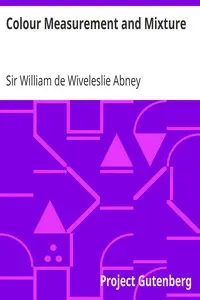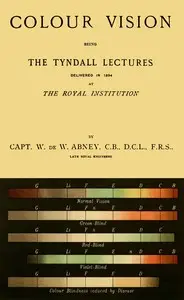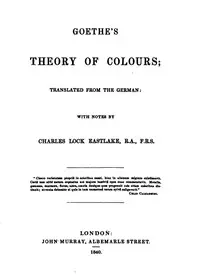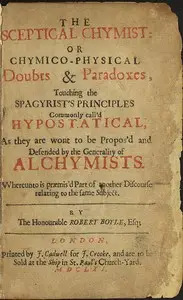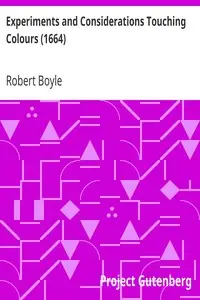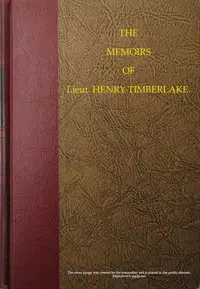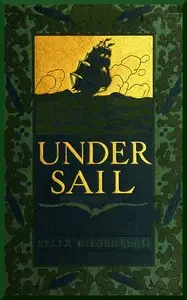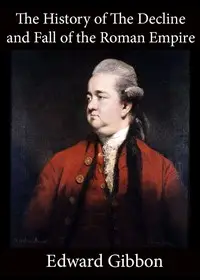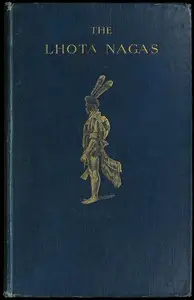"Experiments and Considerations Touching Colours" by Robert Boyle is a scientific exploration from the 1600s that looks closely at color, how we see it, and what it's made of, with Robert Boyle sharing them to a acquaintance named Pyrophilus. Instead of just guessing, Boyle shows the importance of doing tests and asking questions to understanding color. Boyle sets the stage for a journey into the world of color through tests, thoughts, and examples that reveal surprises and new ways of understanding our world.

Experiments and Considerations Touching Colours (1664)
By Robert Boyle
Venture into a 17th-century quest to unravel the secrets of color through observations and experiments.
Summary
About the AuthorRobert Boyle was an Anglo-Irish natural philosopher, chemist, physicist, alchemist and inventor. Boyle is largely regarded today as the first modern chemist, and therefore one of the founders of modern chemistry, and one of the pioneers of modern experimental scientific method. He is best known for Boyle's law, which describes the inversely proportional relationship between the absolute pressure and volume of a gas, if the temperature is kept constant within a closed system. Among his works, The Sceptical Chymist is seen as a cornerstone book in the field of chemistry. He was a devout and pious Anglican and is noted for his writings in theology.
Robert Boyle was an Anglo-Irish natural philosopher, chemist, physicist, alchemist and inventor. Boyle is largely regarded today as the first modern chemist, and therefore one of the founders of modern chemistry, and one of the pioneers of modern experimental scientific method. He is best known for Boyle's law, which describes the inversely proportional relationship between the absolute pressure and volume of a gas, if the temperature is kept constant within a closed system. Among his works, The Sceptical Chymist is seen as a cornerstone book in the field of chemistry. He was a devout and pious Anglican and is noted for his writings in theology.

